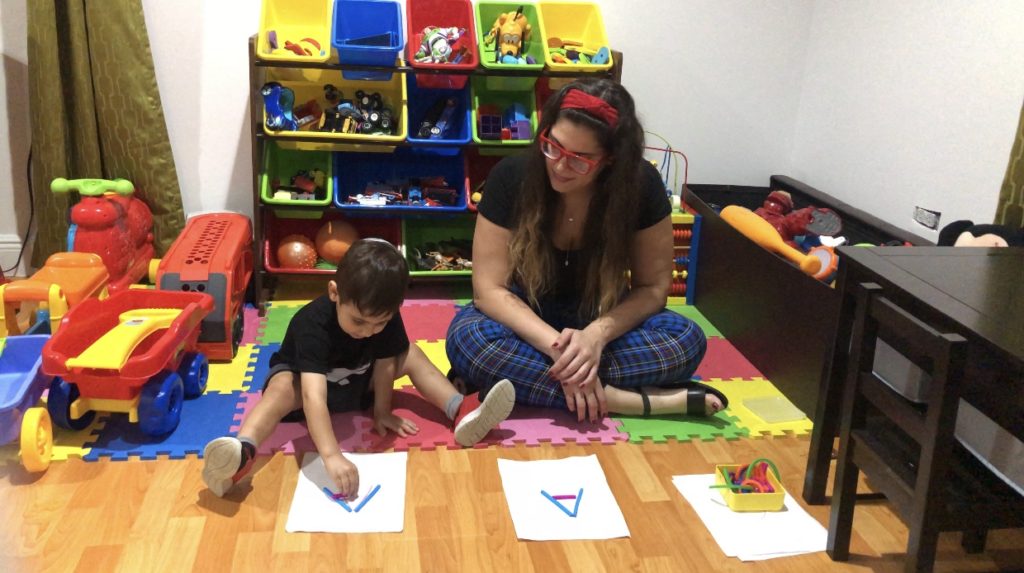
As an educator, one of my favorite things is to see gains in my students. There is nothing like watching a child who was once struggling excel because of your help. Now, as a mother who is also an educator, I get to see those same achievements in my own child. And it makes me so, so, so happy to both watch him learn and to know that I am playing a major role in his development. And I know that many parents want to do the same but feel like they may not have the time or the resources, so I wanted to share with you guys some tips and ideas that can help you be a part of your child’s learning journey.
Tip #1: It doesn’t take a fortune
There are so many incredible resources out there that one can be side tracked or overwhelmed from what to purchase in order to help your child achieve his learning goals. But the reality is that you don’t need much. Don’t want to buy flashcards with letters on them? Make them! As a teacher, we are always looking for resourceful ways to teach without breaking the bank. Making flashcards out of index cards can not only be inexpensive but fun. I guarantee your child will love spending time with you making learning tools. I purchased a small pack of letter flashcards, but I also improvise on paper or even on my phone through IG (see picture). It’s really that easy.

There are many programs that are amazing out there like the the Osmo program, but they aren’t necessary. In the video on Instagram, I am using the little genius program on paper because Achilles still doesn’t speak English, so he doesn’t understand the prompts, but even this way he learns and there is no need for an ipad or the actual osmo base (savings + less technology).
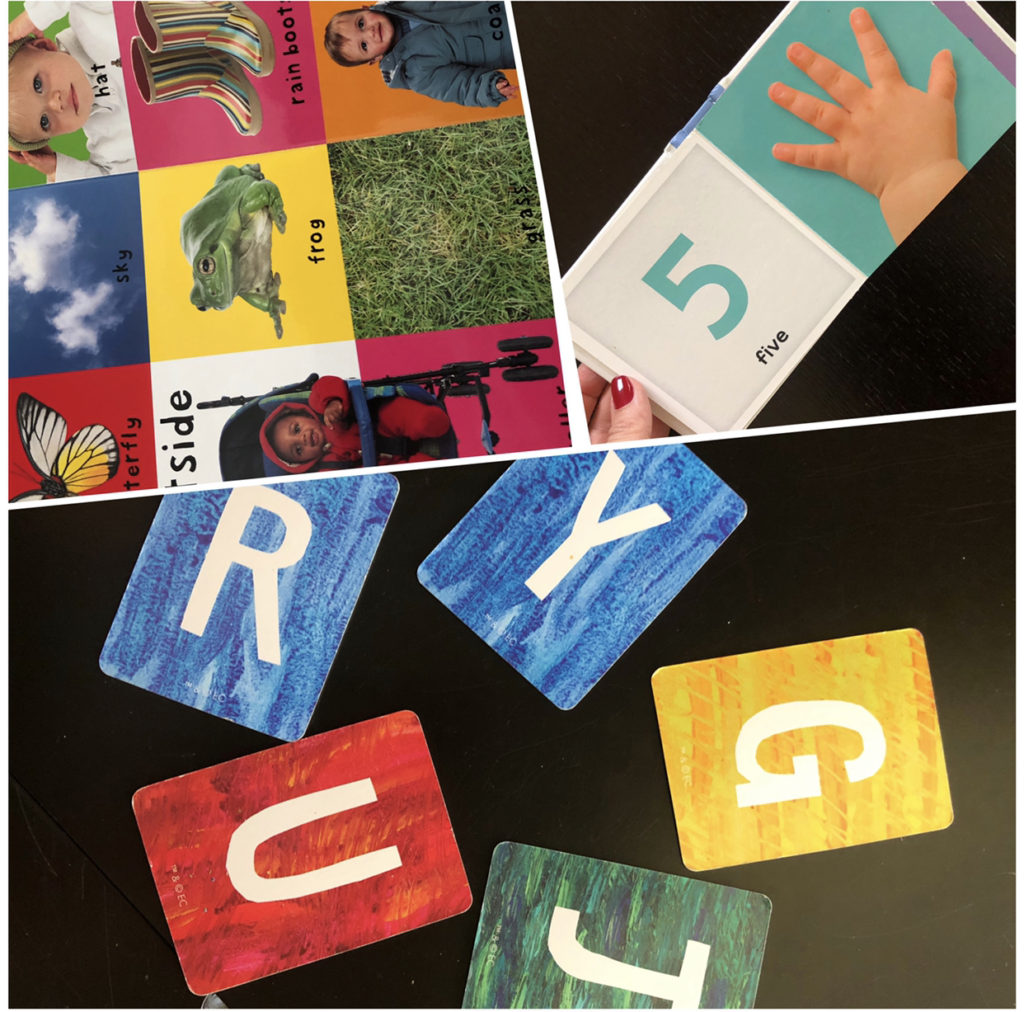
Tip #2: Any opportunity is a teaching opportunity.
Talk to your child like an adult. Explain things whenever you get an opportunity. Engage with him. When Achilles was small, and we would have lunch, I would talk with him about the utensils he was using, the food he was eating, the manners he should have, etc. I still do, especially when we are at a restaurant. When we go on walks, I try to talk to him about our environment. When we watch TV, I point out things that are happening and teach him the names of various things. Likewise, everyone in my house contributes to his learning and growth at any opportunity we get. We don’t disregard him because we think he might not understand, we expect him to understand until he does. When you make a child a part of everything you do, you make him feel important and eager to learn. It is a simple thing we can all do to contribute to our children’s development.
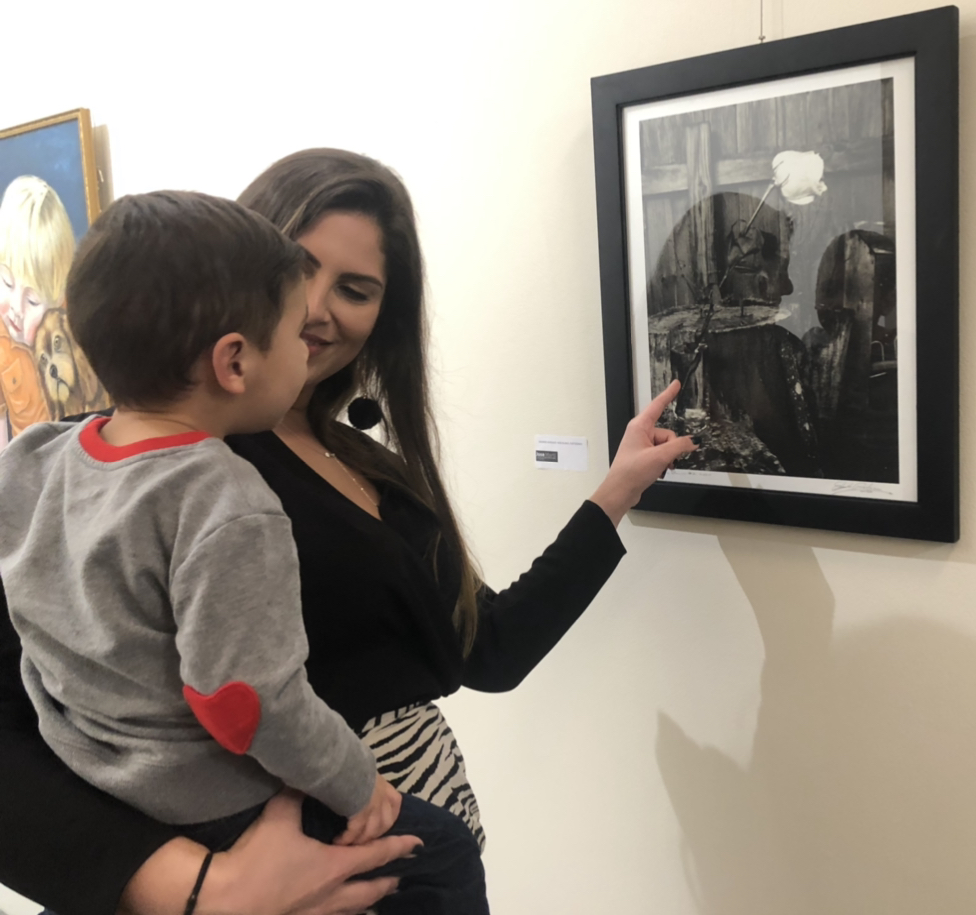
Tip #3 Have expectations.
I was guilty of not having too many expectations of my son when he was a baby, but my mother and sister (both experienced mothers) were quick to correct my erroneous judgement. “He understands everything,” they would tell me. And I realized that I was wrong. Why if I set high expectations for my students and expected them to rise to meet them, would I not encourage my son to do the same? Children are a product of their environment, and it is NEVER too early to start teaching them. In fact, I have seen the wonders that early intervention can do for children with disabilities, so there is no reason to not begin teaching and intervening in your child’s learning process at an early age. Set expectations. Teach with the goal of their learning, even when it seems that they are not catching on. And most importantly, NEVER GIVE UP, because one day, when you least expect it, they WILL surprise you.
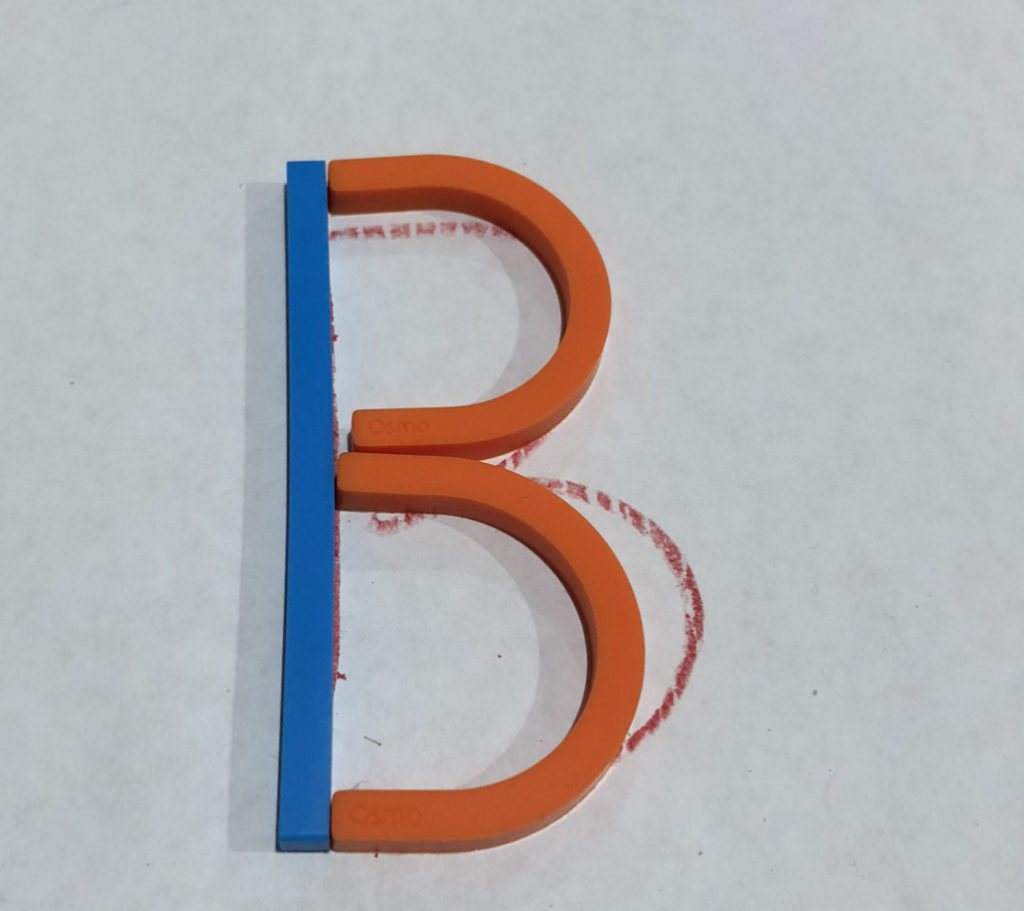
Tip #4 Nothing is too little.
You don’t have time. I get it, you are busy. We all are. But everyone has 5 minutes she can spare. And that is really all it takes. A couple of minutes every day and you are set! When I first started teaching Achilles his letters, I would sit with him 2-3 minutes (and sometimes less). We would focus on one or two letters and stop to play or simply stop. Just a few minutes a couple of times a week can make an enormous difference in your child’s development, and it really isn’t a huge investment of your time. Today, I still don’t teach him explicitly for more than a few minutes, and most times, I incorporate our lessons into play. For example, if we are playing with his animals, I ask him through the animals the colors or I will have him count them. Sometimes, I use moments that would otherwise be wasted, like car rides, to teach. You can ask him to point out cars in a certain color or count cars on the road. This is imperative for me because Achilles always hated the car, but my talking would soothe and engage him. As a result, I spent many car rides talking and pointing things out like trees and buildings or cranes. He loved it, AND he was learning.
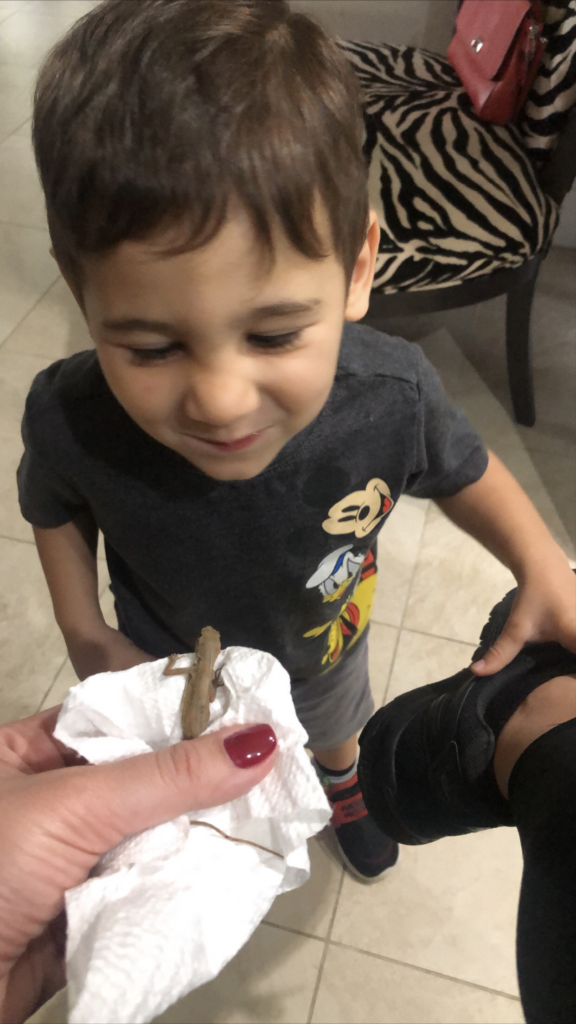
All in all, it really is simple to help your child make strides in his learning with very little effort. I have seen how simply having meaningful conversations with him has made a difference. I hope these tips are useful for you and help you both develop a closer relationship with your little one and help him learn as he grows!